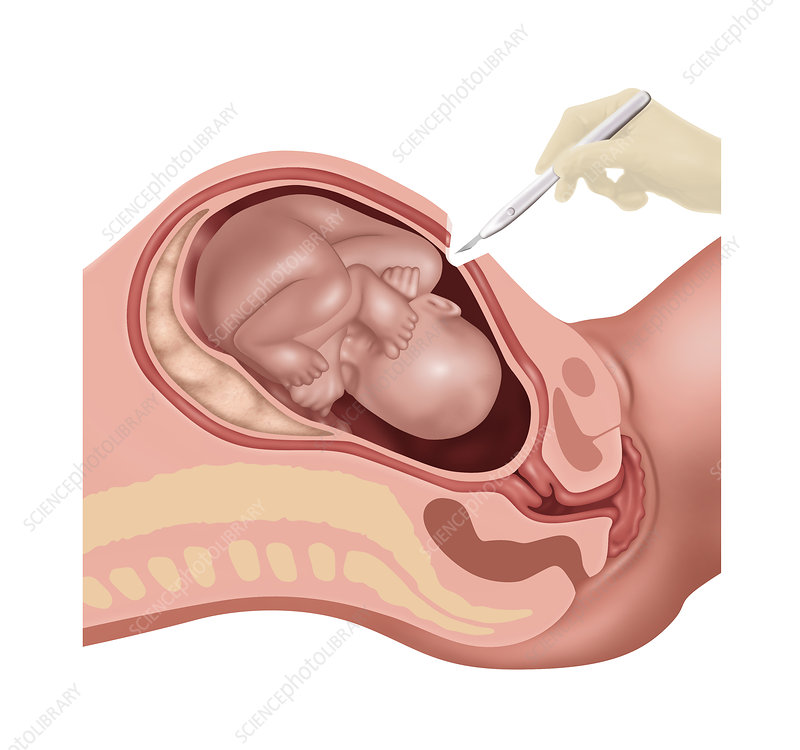Back
How Can I Prepare Myself for a C-section?
By Shannon Strauch, PTA, STMT-1 on 3/13/2024

Pelvic floor therapy before a Cesarean section (C-section) focuses on preparing the body for surgery, promoting optimal recovery, and addressing any pelvic floor issues that may impact the postoperative period. While a C-section doesn't directly involve the pelvic floor muscles in the birthing process, pelvic floor therapy can still play a valuable role in supporting overall pelvic health and postpartum recovery. Here's what typically happens in pelvic floor therapy when preparing to have a C-section:
Preoperative Assessment
: The pelvic floor therapist will conduct an assessment to evaluate the strength, flexibility, and coordination of the pelvic floor muscles and core. They may also assess for any signs of pelvic floor dysfunction, such as pelvic pain, urinary or fecal incontinence, or pelvic organ prolapse.Education
: Pelvic floor therapy often involves education about the anatomy and function of the pelvic floor muscles, as well as how they may be impacted by pregnancy, childbirth, and surgery. The therapist may provide information about proper body mechanics, breathing techniques, and strategies for promoting optimal pelvic floor health before and after a C-section.Preoperative Exercises
: Depending on the individual's needs and circumstances, the therapist may prescribe specific exercises to prepare the body for surgery. These exercises may focus on strengthening the abdominal muscles, improving posture, and promoting overall mobility and flexibility to facilitate recovery after the C-section.Breathing Techniques
: Learning proper breathing techniques can help promote relaxation, reduce stress, and improve pelvic floor function before and after surgery. The therapist may teach diaphragmatic breathing and relaxation techniques to help manage pain and support recovery.Postoperative Care
: Pelvic floor therapy can also be beneficial in the postoperative period following a C-section. The therapist may provide guidance on how to care for the incision site, promote healing, and prevent complications such as infection or adhesions. They may also recommend gentle exercises and movement strategies to aid in recovery and prevent muscle stiffness or weakness.Pain Management
: Pelvic floor therapists may use various techniques, such as manual therapy, massage, or relaxation exercises, to help manage pain and discomfort before and after surgery. They can provide guidance on using pain medications safely and effectively and offer strategies for coping with pain during the recovery process.Continued Support
: Pelvic floor therapy is often an ongoing process, and the therapist can provide continued support and guidance throughout the pregnancy, birth, and postpartum periods. They can address any new symptoms or concerns that arise and adjust the treatment plan as needed to support optimal pelvic floor health and recovery.
Overall, pelvic floor therapy before a C-section aims to optimize pelvic floor function, promote successful surgery and recovery, and address any pelvic floor issues that may impact the individual's health and well-being. Working closely with a pelvic floor therapist can help prepare the body for surgery, facilitate recovery, and promote long-term pelvic health and wellness.
Read More:
How Chronic Pelvic Congestion in Men Contributes to Prostatitis By Shannon Strauch, PTA, STMT-1 on 12/11/2024 How lymphatic issues can cause symptoms of prostatitis Prostatitis and Tight Pelvic Floor Muscles: A Comprehensive Guide By Shannon Strauch, PTA, STMT-1 on 12/10/2024 How a tight pelvic floor can be the reason for prostatitis symptoms
Are you ready to live pain free?
Request An Appointment